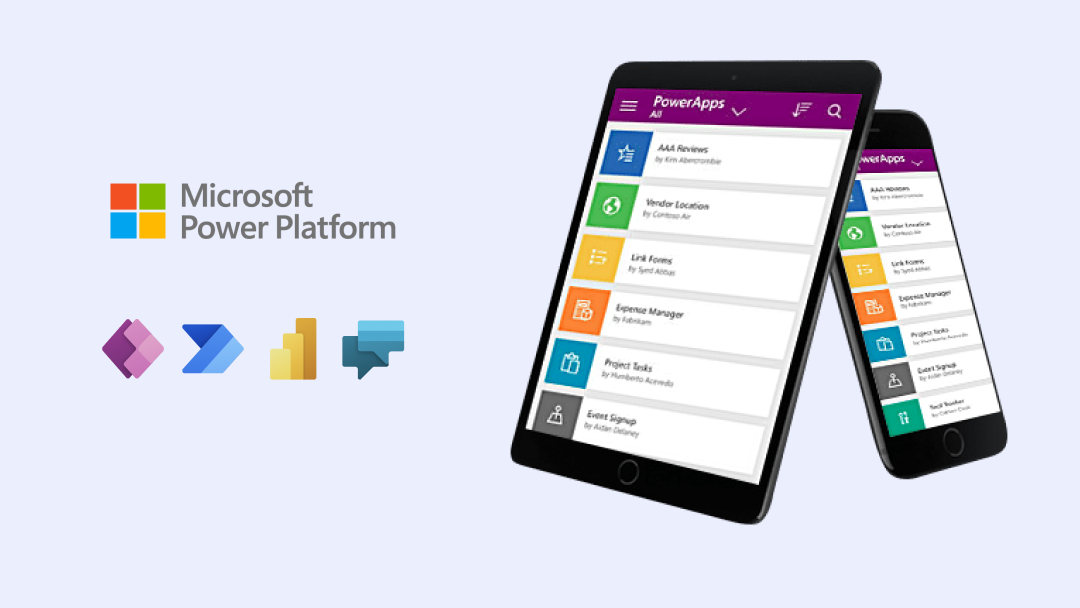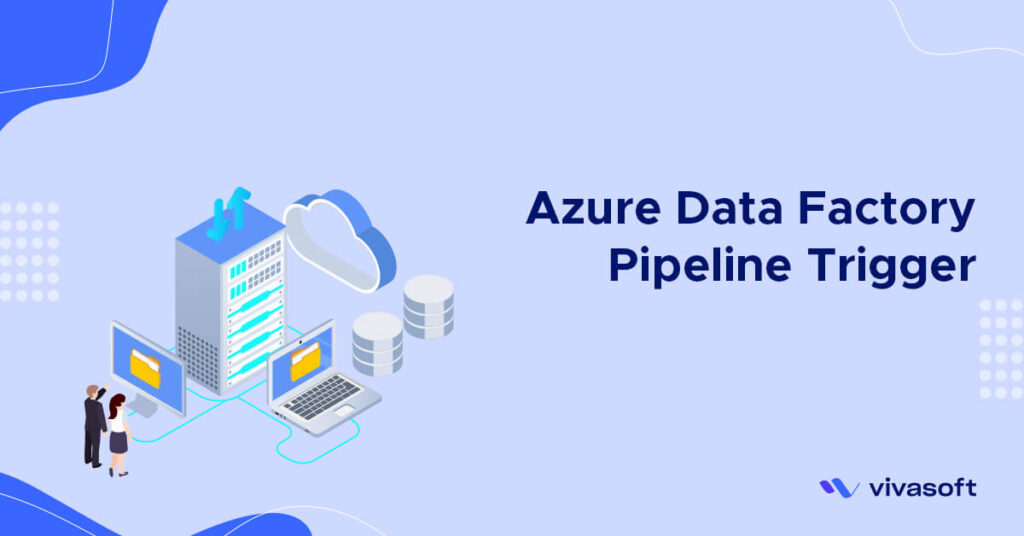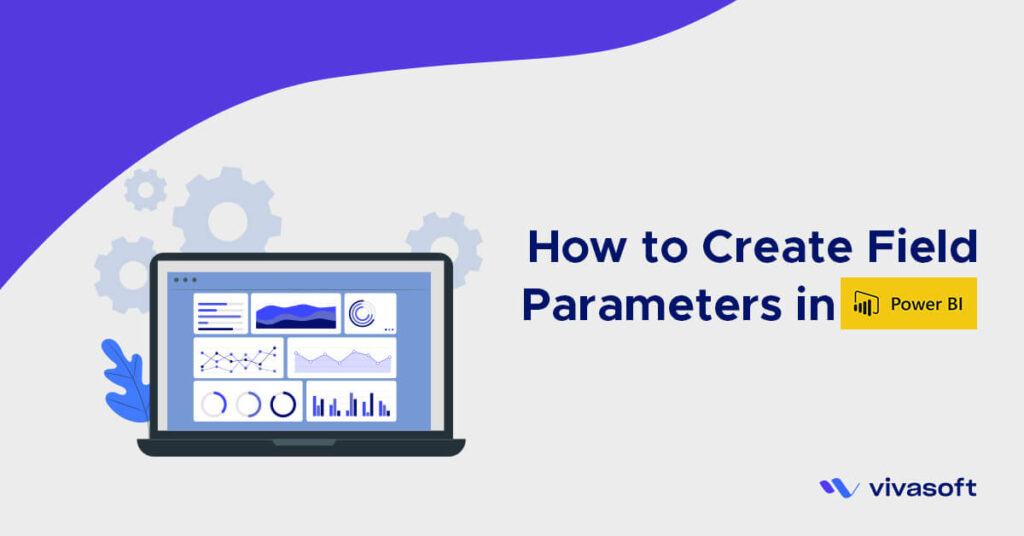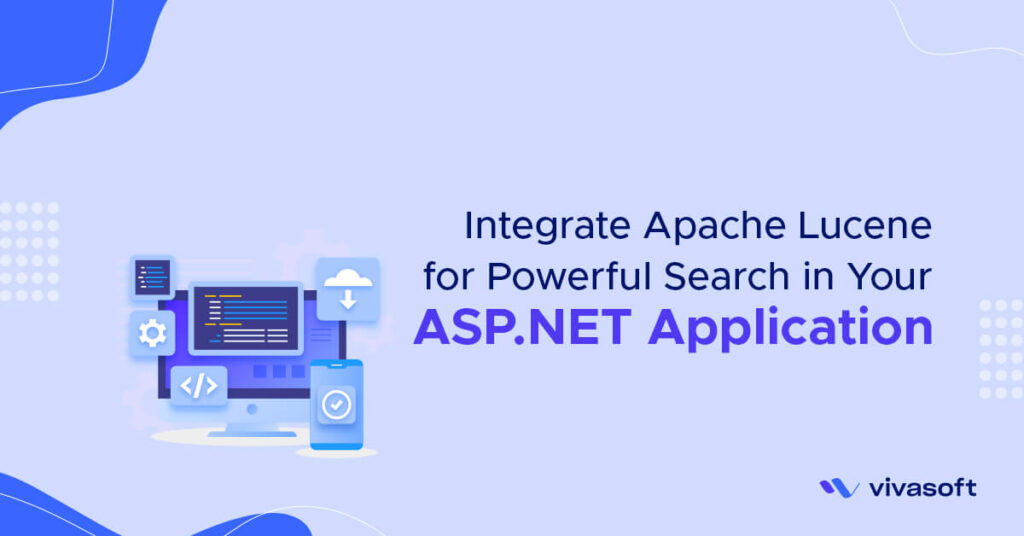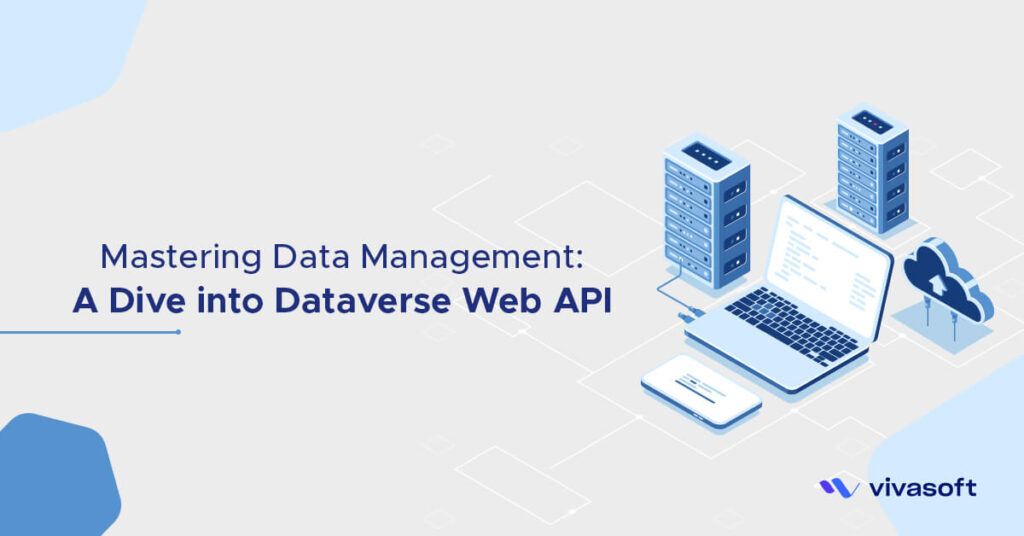Microsoft Power Platform is a group of business intelligence, app development and app connectivity software applications. Power Platform integration lets us create apps and flows by using the new Power Platform environment that is automatically created for you. Integrate finance and operations apps data with the Dataverse platform by using virtual tables, business events, and dual-write features. Microsoft developed the Power Fx low-code programming language for expressing logic across the Power Platform. It also provides integrations with GitHub, Teams etc.
Microsoft Power Platform is combination of four key products: Power Apps, Power Automate, Power BI and Power Virtual Agents-
- Power Apps provides a rapid low code or no code development environment for building custom apps for business needs. It has services, connectors(built in + custom), a scalable data service and app platform (Microsoft Dataverse) to allow simple integration and interaction with existing data. Power Apps enables the creation of web and mobile applications that run on all devices. Power Apps eases users into app development with a simple interface so that every business user or pro developer can build custom apps. Power Apps integration allows you to connect data from multiple services and dashboards, including Outlook, OneDrive,PowerPoint, Excel, SharePoint, Dynamics 365, Salesforce, Dropbox, and others.

- Canvas app is one of the main types of applications that you can create in PowerApps. It gives you a blank canvas and allows you to design the form, also it allows you to connect with many types of data sources. If you want to make your own design, then the Canvas app is the best choice for you. The Canvas app provides you with a blank canvas and you will design your app screen-by-screen, which means that you will have full control of building your own design.

- Model-driven app is another app type that you can create in PowerApps. Unlike the Canvas App, the PowerApps will design the appearance of your Model-driven app according to the data you will add to your app. If you don’t have a custom design and your data is in Data Verse ” common data service before” then you should choose the model-driven app.

- Portal is an external-facing website that enables users outside their organizations to sign in to create and view data. Also, the Portal App provides viewing the content anonymously. When you want to create websites that can be accessed by external users with a wide variety of identities including personal accounts, LinkedIn, and other Azure Active Directory organizations, and enable anonymous access to content, then you will use Portal App.

- Canvas app is one of the main types of applications that you can create in PowerApps. It gives you a blank canvas and allows you to design the form, also it allows you to connect with many types of data sources. If you want to make your own design, then the Canvas app is the best choice for you. The Canvas app provides you with a blank canvas and you will design your app screen-by-screen, which means that you will have full control of building your own design.
- Power Automate allows users create automated workflows between applications and services. It helps automate repetitive business processes such as communication, data collections, and decision approvals.Don’t waste important productive hours on drafting the same email for a weekly update or walking approvals through. Not only for the individual user, Power Automate allows for the creation of enterprise-grade process automation. Power Automate’s simple interface allows every level of user to automate work tasks – from beginners to seasoned developers.
- Power BI (Business Intelligence) is a business analytics service that delivers insights for analyzing data. It can share those insights through data visualizations which make up reports and dashboards to enable fast, informed decisions. Power BI scales across an organization, and it has built-in governance and security allowing businesses to focus on using data more than managing it.
You can consider Power BI as the analysis and insights leg of Microsoft Power Platform. It takes business data and allows you to display it in ways that makes the most sense to users. A Power BI dashboard could potentially replace a standing meeting to report out on company metrics such as sales data, progress against goals, or employee performance. - Power Virtual Agents enables anyone to create powerful chatbots using a guided, no-code graphical interface, without the need for data scientists or developers.
It minimizes the IT effort required to deploy and maintain a custom solution by empowering subject matter experts to build and maintain their own conversational solutions. Power Virtual Agents is part of Microsoft Power Platform, therefore integration into existing systems is streamlined with out-of-the-box integration with Power Automate and its ecosystems of hundreds of connectors. Users can enable chatbots to perform an action by simply calling a Power Automate flow. Flows help users automate activities or call back end systems. Users can utilize existing flows that have been created in their Power Apps environment or they can create a flow within Power Virtual Agents authoring canvas.
Among the programs listed above, there are cross cutting features which enable Microsoft Power Platform to be leveraged to its full potential. Some of these are:
- AI Builder lets users and developers add AI capabilities to the workflows and Power Apps they create and use. AI Builder is a turnkey solution that allows you to easily add intelligence to your workflows and apps and predict outcomes to help improve business performance without writing code.
- Microsoft Dataverse is scalable data service and app platform which lets users securely store and manage data from multiple sources and integrate that data in business applications using a common data model to ensure ease and consistency to users. Microsoft Dataverse is the common currency that enables the components of Microsoft Power Platform to work together. It’s the foundation that enables the consolidation, display, and manipulation of data.
- Connectors enable you to connect apps, data, and devices in the cloud. Consider connectors the bridge across which information and commands travel. There are more than 600 connectors for Microsoft Power Platform, enabling all of your data and actions to connect cohesively. Examples of popular connectors include Salesforce, Office 365, Twitter, Dropbox, Google services, and more.
Want to see how easy and fast it is to create a Power Apps? Let’s create a canvas app with data from an Excel file.
- Sign in to Power Apps.

- Click on create and select Excel

- Select Google Drive as Source connection then click on Create button

- Select your source Excel file and click on Connect button, You can download the example file from here Flooring Estimates

- Your App is now ready to run, Click on run button




- To publish the app click on publish icon from top right corner


- Now you can share the app to your users, To share click on share icon from top right corner


- To use the App, Users will find the shared app list in Power Apps Desktop or in Power Apps mobile



Next, Will try to show how to create custom REST connector for a Canvas Apps.
Thanks…




